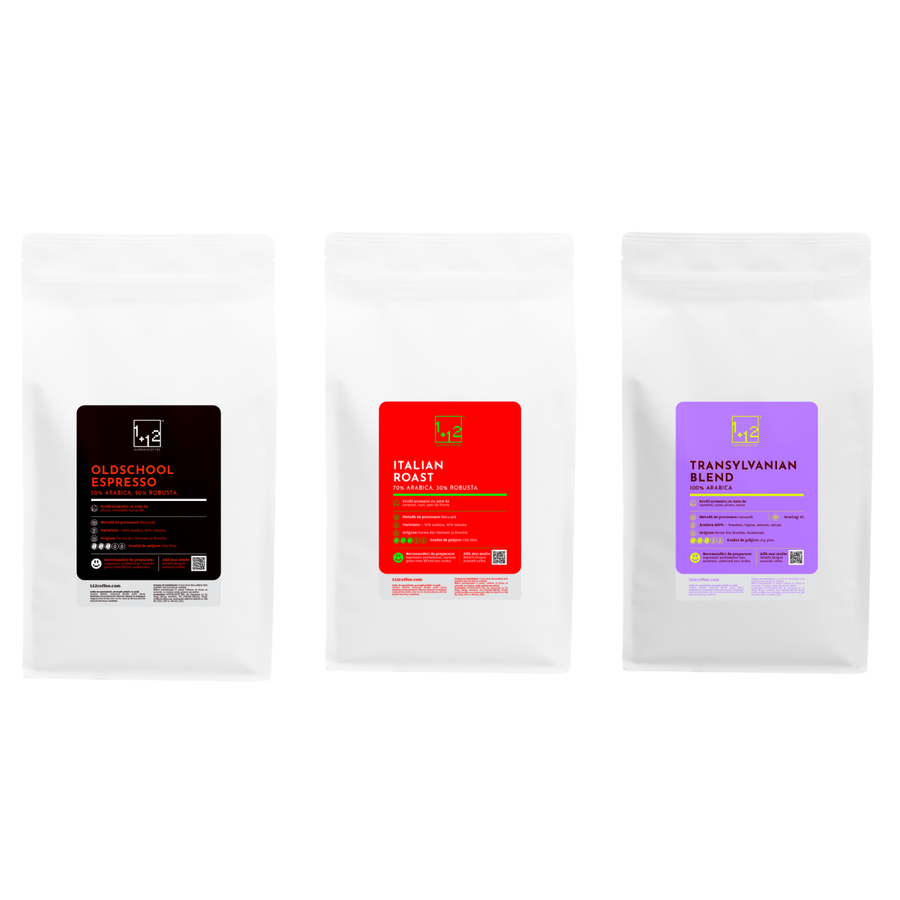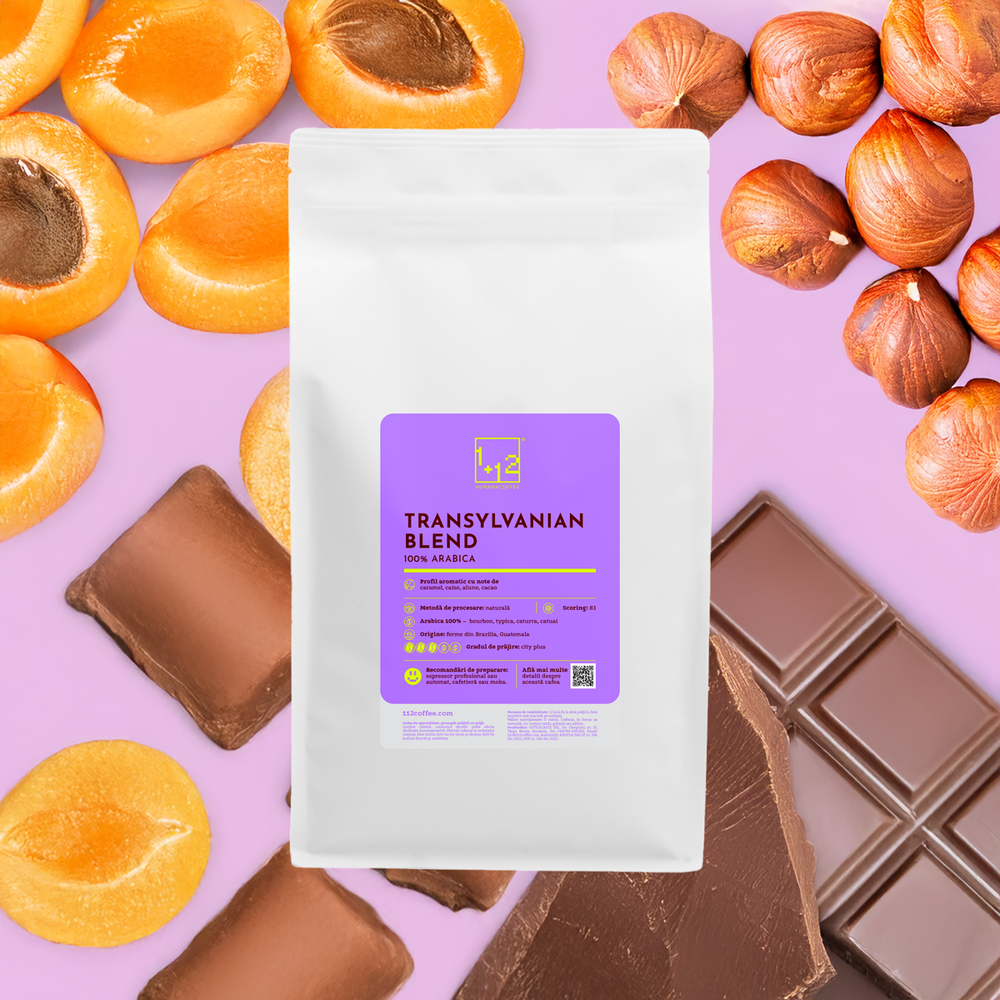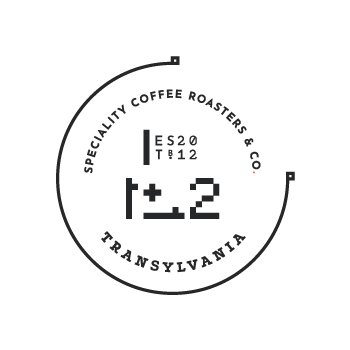From Washed to Experimental: A Journey Through Coffee Processing at Cafescal
If you are a coffee enthusiast, then you know that there is a whole world beyond just brewing and drinking coffee. Specialty coffee has become a passion for many, and for those who truly appreciate the complexities of coffee, the journey starts with the selection of the best beans, followed by the processing methods, and ultimately, the roasting techniques. This journey took us to El Salvador, to one a coffee facilities called ”Cafescal - Beneficio el Molino.”
Located in the eastern part of El Salvador, this coffee facility represents a long-standing association for collecting coffee from local farmers. As we stepped into the facility, we were greeted with the pleasant aroma of freshly roasted coffee beans. Our guide, a coffee expert and passionate Cafescal employee, took us through the process of coffee production from bean to cup. But what really caught our attention was the experimentation in coffee processing methods, specifically fermentation.
Fermentation is an essential process in coffee production that can significantly influence the final flavor profile. It is a natural process that involves breaking down the sugary mucilage layer that surrounds the coffee beans. This process can take place in two ways, either through the wet method, which involves washing the beans and then fermenting them, or through the dry method, where the beans are left to ferment with the mucilage still intact.
At Cafescal, we were able to experience firsthand the different types of coffee fermentation. We were presented with over 70 samples of coffee from various producers, where we had the opportunity to taste recently harvested coffee, starting with washed coffees, then natural coffees, and finally, experimental coffees.
The experimental coffees were the highlight of our visit. The number of variations was mind-boggling, but what really caught our attention was the use of different fruits during the fermentation process. We were able to taste coffee beans that had been fermented with oranges, tangerines, and mandarins at different intervals, ranging from 24 hours to over 100 hours. The result was an incredibly diverse range of flavors, from fruity and floral to nutty and chocolatey.






In conclusion, our journey into the world of specialty coffee fermentation was a truly unforgettable experience. We were able to witness firsthand the passion and dedication that goes into producing some of the best coffees in the world. Cafescal - Beneficio el Molino represents the perfect example of how experimentation and innovation can lead to exceptional results. And for those who want to experience the beauty of specialty coffee, Cafescal should be on the top of their list.
So, next time you take a sip of your favorite cup of coffee, take a moment to appreciate the complex journey that the beans have been through to reach your cup, and remember the art of fermentation that brings out the flavors and aromas that make specialty coffee so unique.






What we learned during our visit to Cafescal is that experimentation and innovation are vital to the world of specialty coffee. The art of fermentation is not just about following a recipe, but it's about exploring new ways to bring out the unique flavors and aromas that coffee beans can offer.









